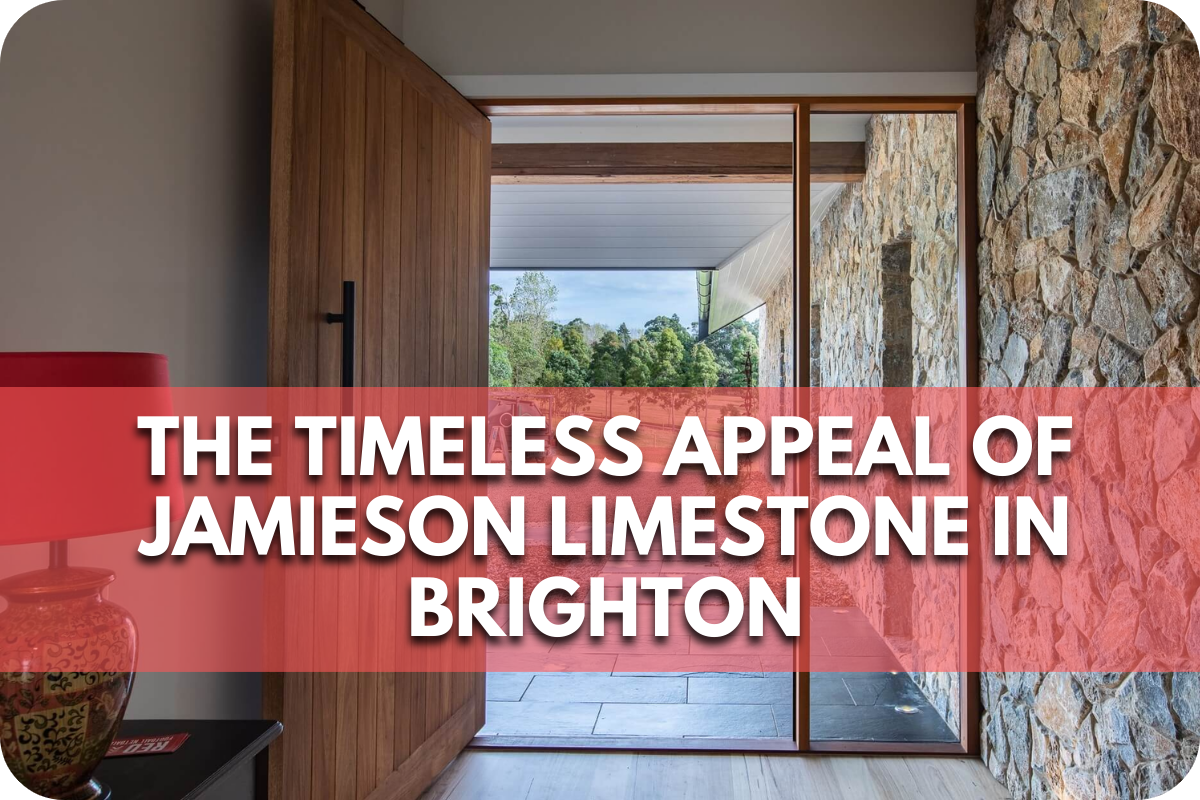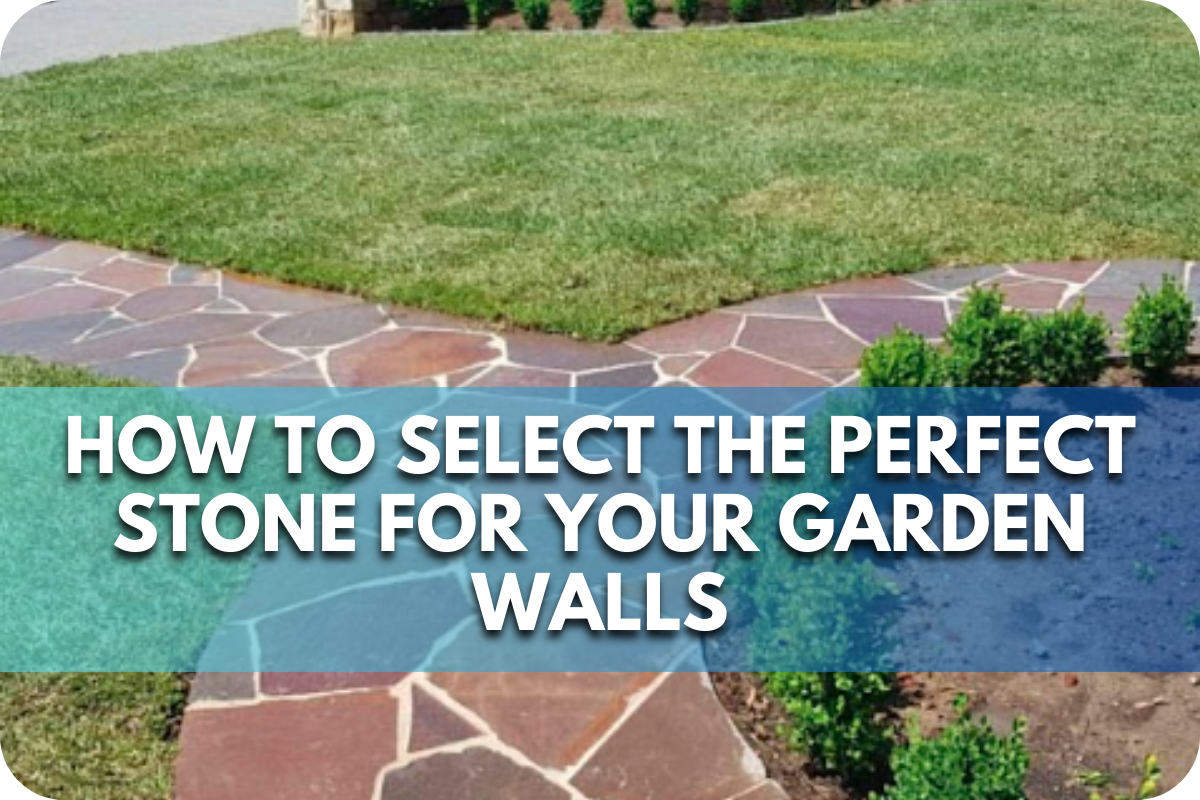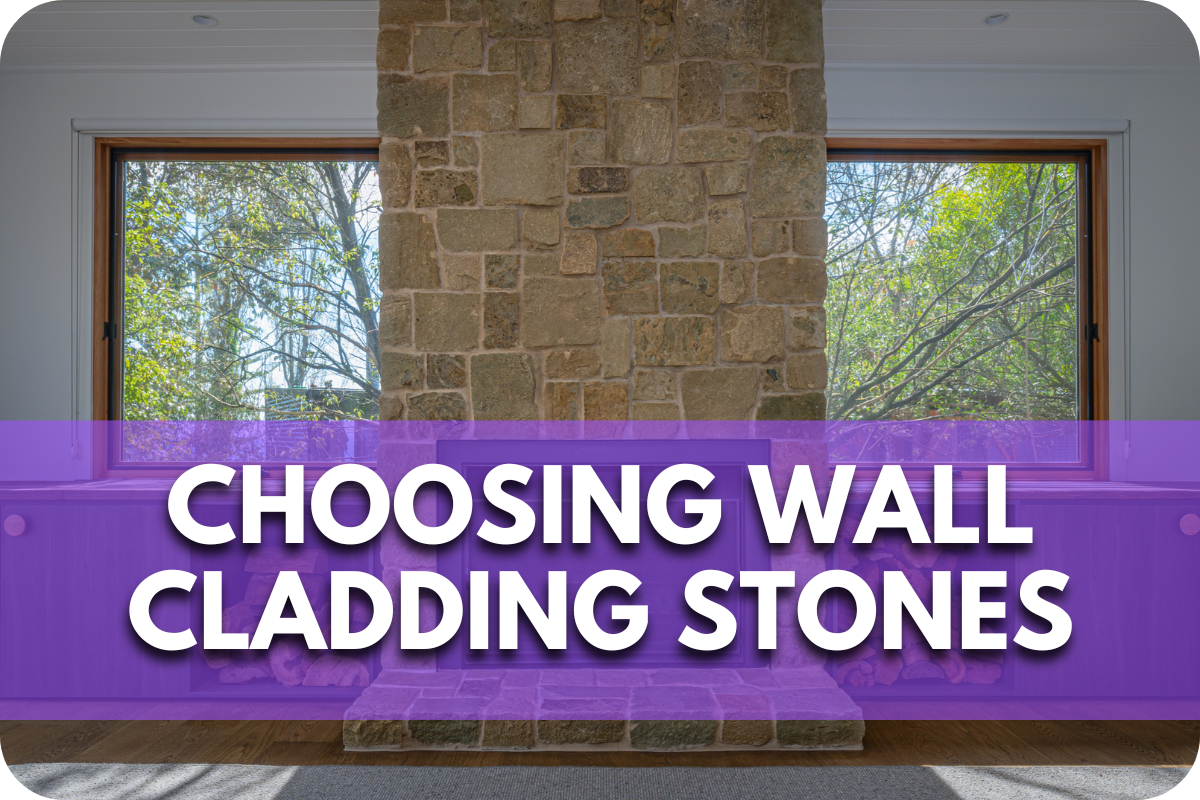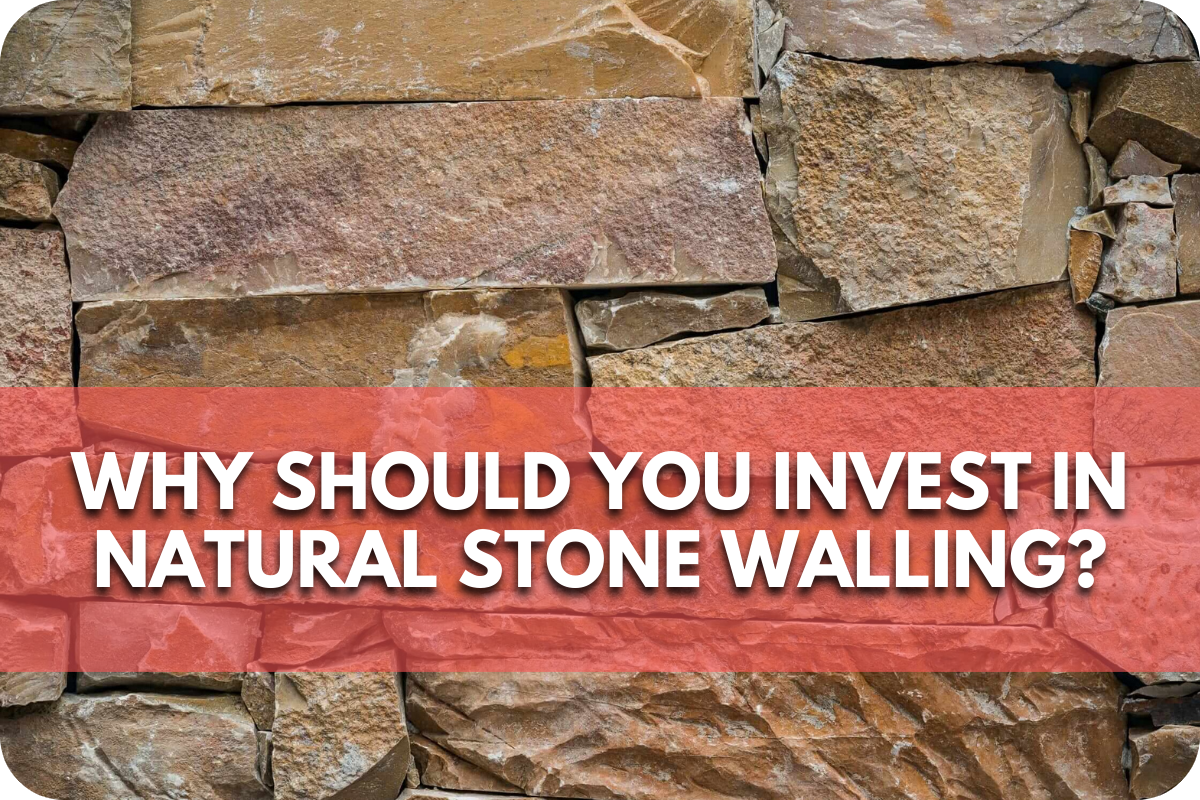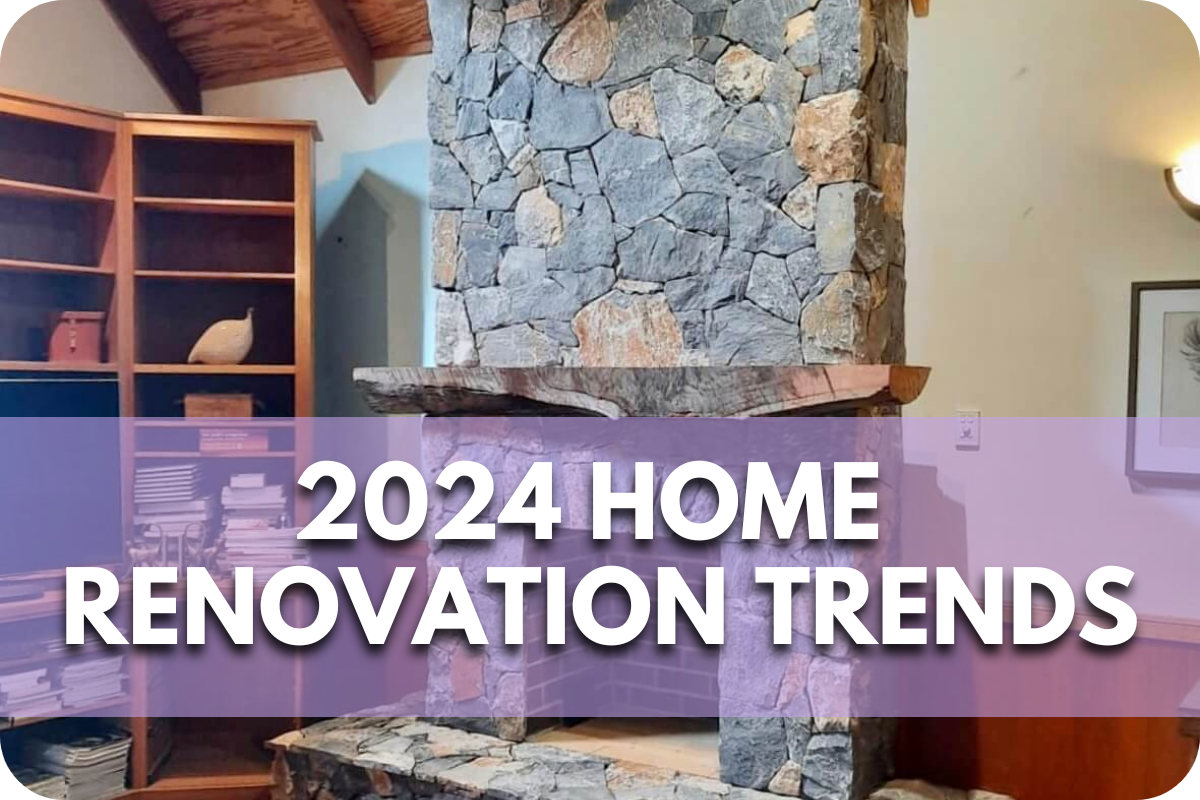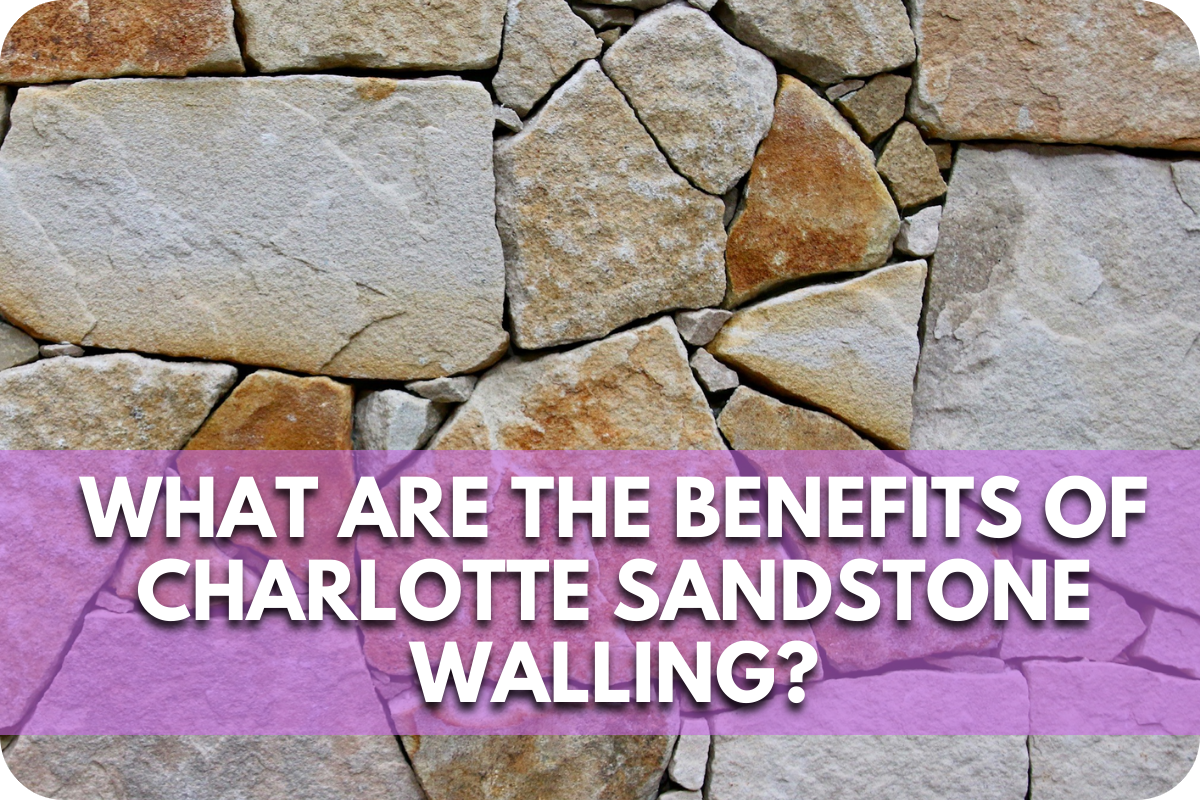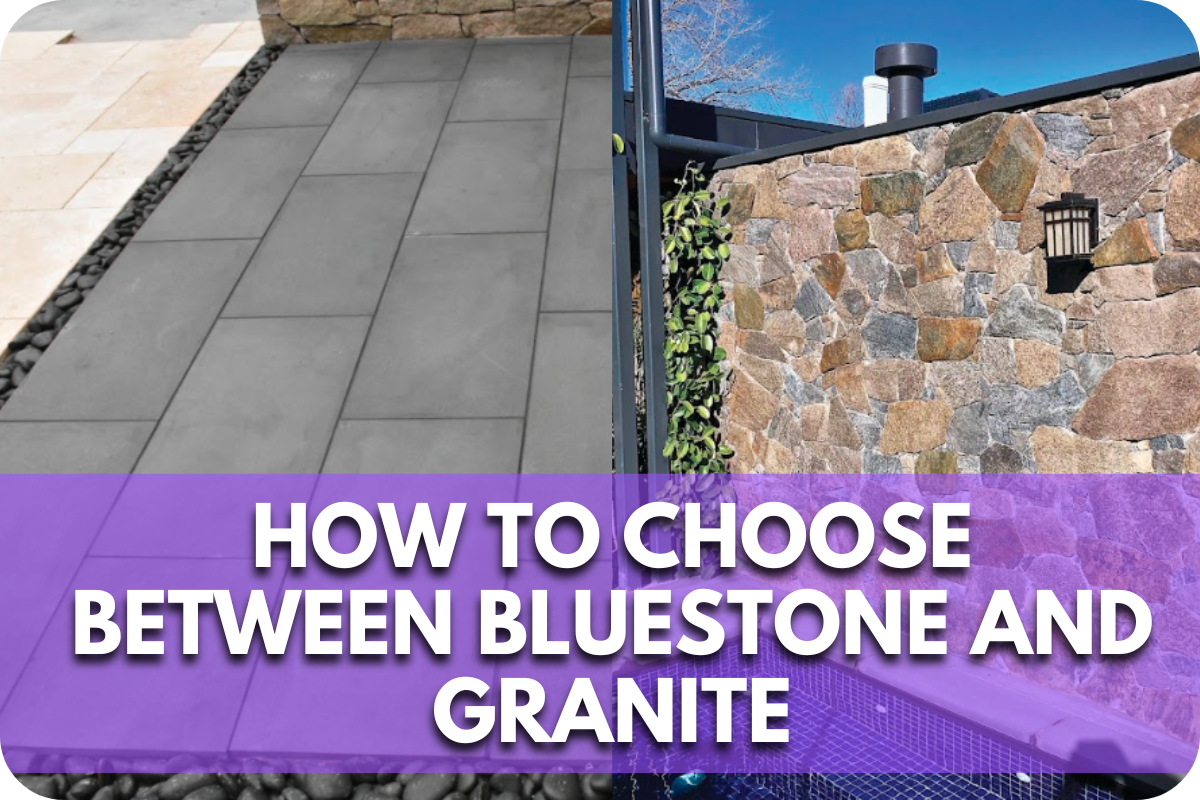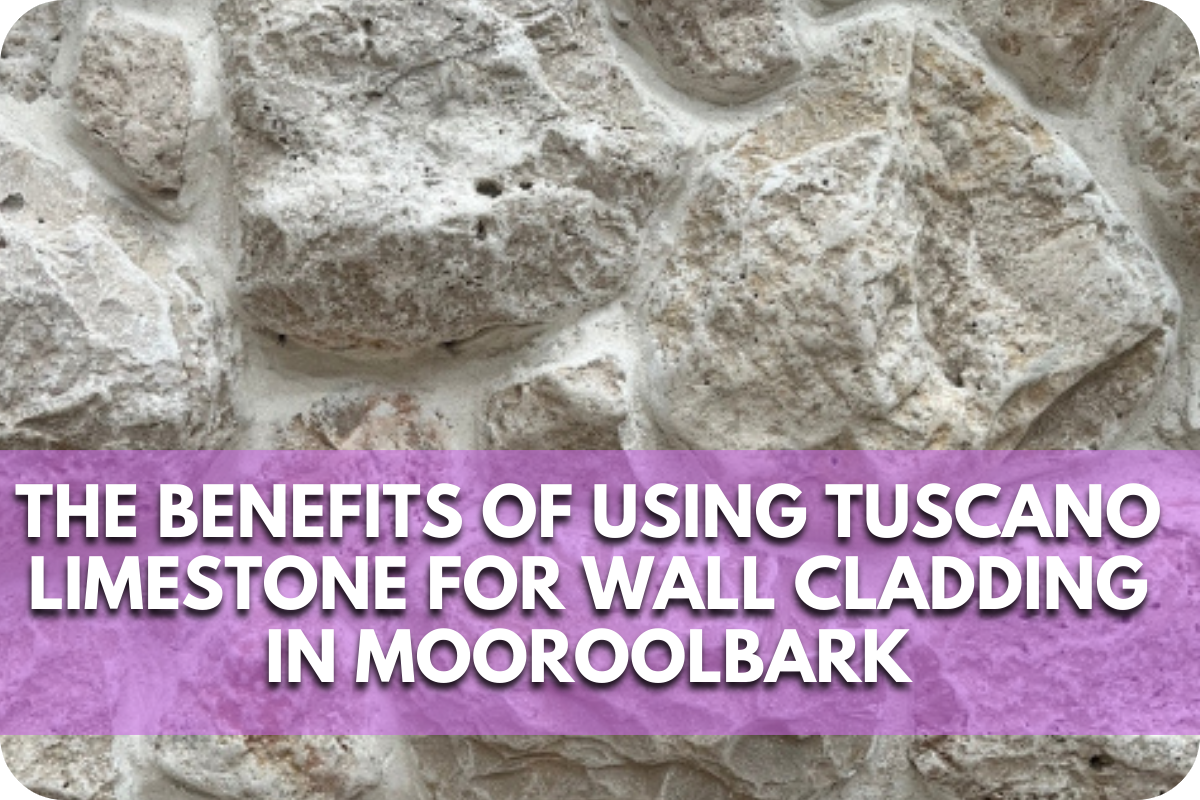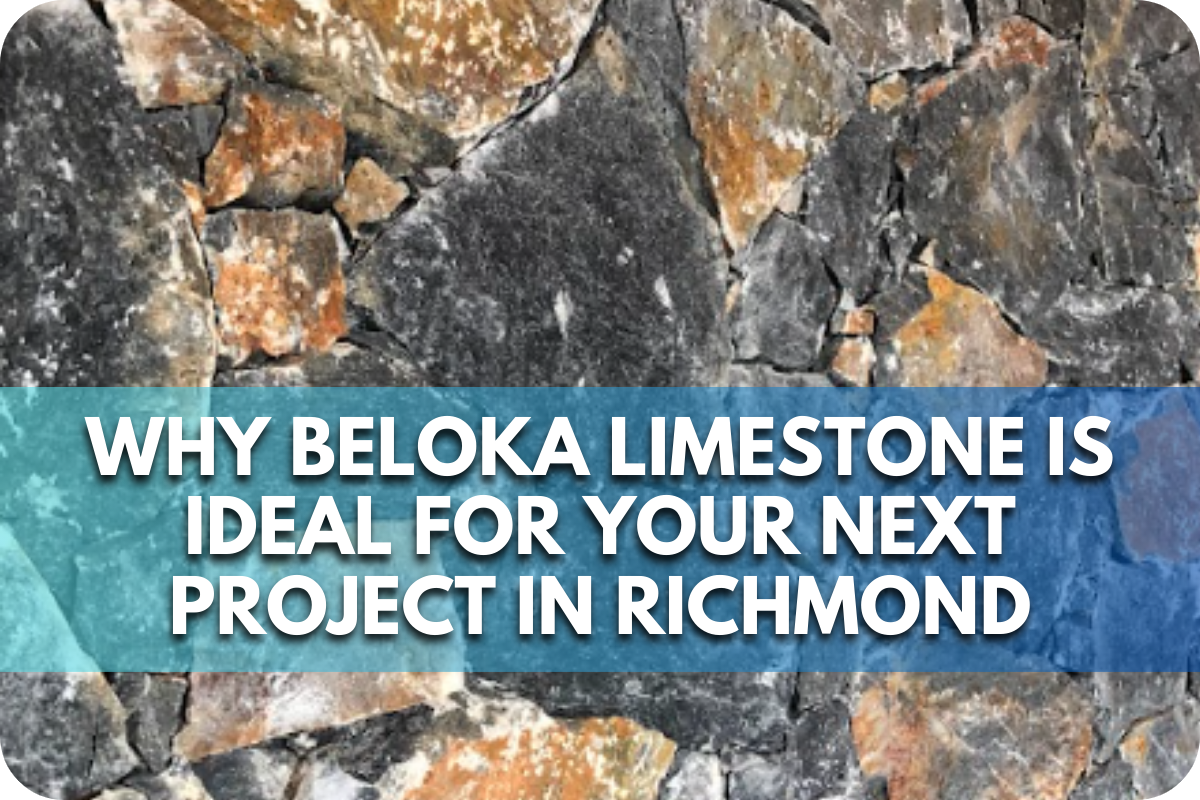The Timeless Appeal of Jamieson Limestone in Brighton
Tired of fleeting trends in home design that quickly lose their charm?
Many homeowners in Brighton find themselves grappling with styles that fade, leaving interiors outdated and uninspired.
Enter Jamieson Limestone—a timeless choice revered for its enduring elegance and versatile appeal. Discover how this enduring stone can transform your living spaces into enduring havens of sophistication and style.
1. Aesthetic Qualities
Jamieson Limestone is celebrated for its timeless aesthetic appeal, making it a preferred choice for many Brighton homes. This natural stone boasts a soft, neutral palette that ranges from creamy whites to subtle beiges, seamlessly blending with various architectural styles.
The stone’s fine grain and smooth texture contribute to its sophisticated appearance, offering a polished look that enhances both contemporary and traditional designs.
One of Jamieson Limestone’s standout features is its ability to reflect light beautifully, creating an inviting and warm ambience. Its subtle veining and natural variations add depth and character, ensuring that each installation is unique.
Jamieson Limestone exudes an unmatched understated elegance, whether used for exterior façades, garden pathways, or interior feature walls.
Furthermore, the stone’s versatility extends to its compatibility with other materials. It pairs exceptionally well with timber, glass, and metal, allowing creative design combinations.
Its durability and weather resistance ensure its aesthetic qualities are maintained over time, providing lasting beauty and value to any property.
Read here to learn more about Jamieson Limestone.
2. Durability and Sustainability
Jamieson Limestone is renowned for its exceptional durability, making it an ideal choice for both residential and commercial applications in Brighton. This natural stone can withstand harsh weather conditions, from intense sunlight to heavy rain, without losing its structural integrity or aesthetic appeal.
Its robust nature ensures that installations, whether exterior façades, garden pathways, or interior walls, remain pristine for decades.
One of Jamieson Limestone’s key benefits is its low maintenance requirements. The stone’s inherent resistance to wear and tear reduces the need for frequent repairs or replacements, offering long-term cost savings.
Simple periodic cleaning is typically sufficient to maintain its beautiful appearance, making it a practical option for busy homeowners and property managers.
In addition to its durability, Jamieson Limestone is a sustainable building material. As a natural stone, it has a lower environmental impact than synthetic alternatives. Its extraction and processing involve minimal energy consumption, and the stone itself is recyclable, contributing to a reduced carbon footprint.
Furthermore, Jamieson Limestone’s longevity means fewer resources are needed for maintenance and replacement, enhancing its sustainability credentials.
Choosing Jamieson Limestone ensures a durable, long-lasting solution and supports environmentally responsible building practices.
3. Environmental Considerations
Jamieson Limestone is an environmentally responsible building material, making it a preferred choice for eco-conscious homeowners and builders in Brighton. One of the primary environmental benefits of Jamieson Limestone is its low carbon footprint.
The extraction and processing of this natural stone involve minimal energy consumption compared to manufactured materials, reducing its overall environmental impact.
Jamieson Limestone is a locally sourced material that minimises transportation emissions, further contributing to its sustainability. This local sourcing not only supports the regional economy but also ensures that the environmental costs associated with long-distance shipping are avoided.
Jamieson Limestone is also highly durable, which means fewer replacements and repairs over its lifespan. This durability reduces the demand for new materials and the environmental impact of manufacturing and installing replacements.
Additionally, the stone is completely recyclable, meaning it can be repurposed or returned to the earth without harming the environment.
4. Economic Benefits
Jamieson Limestone offers significant economic benefits, making it a wise investment for Brighton property owners. One of the primary advantages is its long-term cost efficiency.
Due to its exceptional durability, Jamieson Limestone requires minimal maintenance and is resistant to weathering, reducing the need for frequent repairs or replacements. This longevity translates to substantial savings over time.
Another economic benefit is the enhanced property value that Jamieson Limestone provides. Properties featuring this premium natural stone often enjoy higher market valuations, making it a valuable addition for homeowners looking to increase their property’s resale value.
Its timeless aesthetic appeal and low maintenance requirements make it an attractive feature for potential buyers.
Moreover, considering its lifespan and performance, Jamieson Limestone is a cost-effective material. While the initial investment may be higher than synthetic alternatives, the reduced maintenance costs and longevity ensure that it remains a financially prudent choice in the long run.
Additionally, its local sourcing helps to minimise transportation costs, making it an economically sound option.
Maintenance and Care
Maintaining Jamieson Limestone in Brighton is essential to preserve its timeless appeal and longevity. Regular cleaning is crucial; use a pH-neutral stone cleaner to avoid damaging the limestone’s natural surface. Avoid acidic or abrasive cleaners as they can etch and dull the stone.
Sealing is a vital step in limestone maintenance. Apply a high-quality penetrating sealer every 1-2 years to protect against stains and moisture infiltration. This will help maintain the stone’s appearance and durability, particularly in high-traffic areas.
Preventative care includes using mats or rugs at entrances to reduce dirt and grit, which can scratch the limestone surface. Immediate wiping of spills is necessary to prevent staining, especially with substances like wine, coffee, and oils.
For outdoor installations, periodic power washing can remove dirt and grime buildup. However, ensure the pressure is not too high to avoid surface damage. Avoid using de-icing salts in colder climates, as they can cause the stone to spill.
Routine inspection is recommended to identify and address any chips, cracks, or other damages early on.
Interact with this article Jamieson Limestone Review: A Deep Dive into Quality and Style to learn more.
Conclusion
Jamieson limestone remains a classic choice in Brighton, blending timeless beauty, exceptional durability, and sustainability. As you consider the materials for your next project, remember Jamieson limestone’s lasting charm and reliability. Choose it to ensure both aesthetic appeal and enduring quality in your property’s design.

